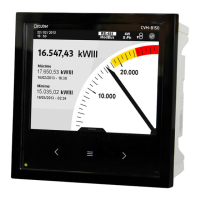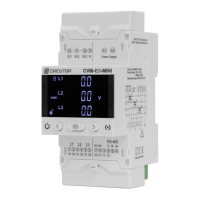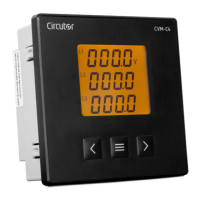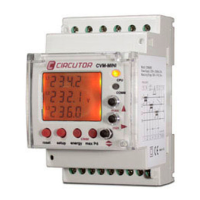4.1.2.- MAXIMUM DEMAND
The maximum demand is the average instantaneous measurement over a specific time interval, usually
15 minutes. There are several ways to calculate this parameter:
Fixed Window (by block)
This is the calculation of maximum demand in a specific interval (normally the integration period =
15 minutes). Once the number is calculated, the value is saved and a new calculation for the next 15
minutes begins. The result would be 4 values per hour.
P
t
Fixed Window
Integration period
Integration period
Sliding window
Calculation time
Figure 11:Fixed window.
Sliding window
This is the calculation of maximum demand in a specific interval (usually the integration period = 15
minutes). Once the number is calculated, it is refreshed every minute with the values from the last 15
minutes. In other words, every minute (this time can be variable) we will have a maximum demand
number for the last 15 minutes. The result would be 60 values per hour.
P
t
Fixed Window
Integration period
Integration period
Sliding window
Calculation time
Figure 12: Sliding window.
The CVM-C11 calculates the maximum demand of the following:
Current of the L1, L2, L3 and three-phase.
Three-Phase Active Power.
Three-Phase Apparent Power.
Three-Phase Inductive Reactive Power.
Three-Phase Capacitive Reactive Power.
In the configuration menu, the type of integration is selected, “6.10. TYPE OF INTEGRATION OF THE
MAXIMUM DEMAND” and the integration period of the maximum demand “6.11.- MAXIMUM DEMAND
INTEGRATION PERIOD”.
22
CVM-C11
Instruction Manual

